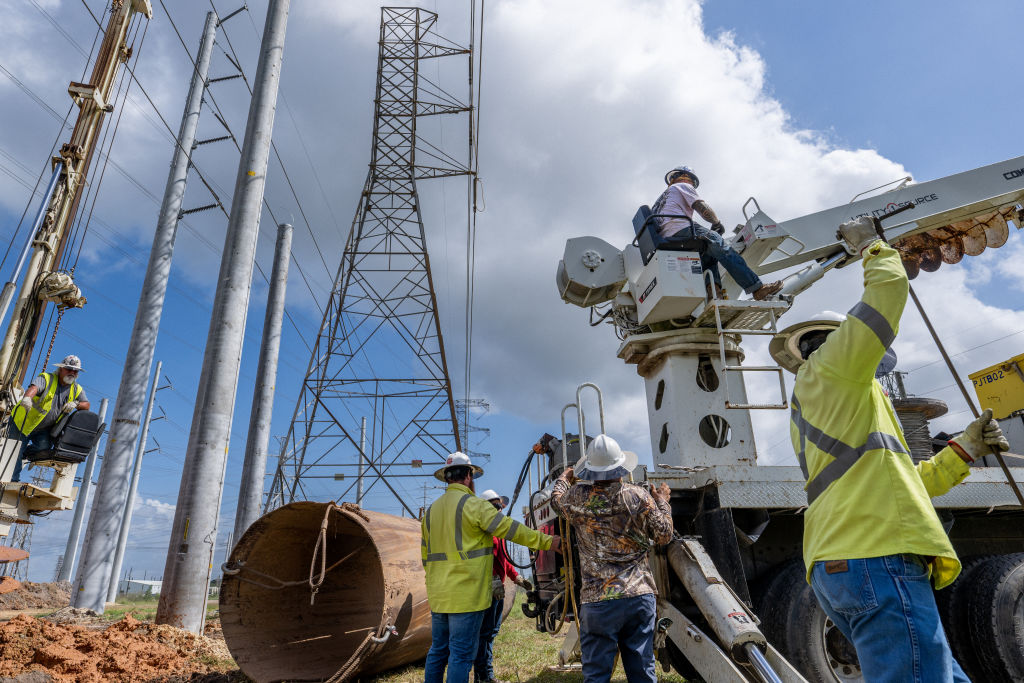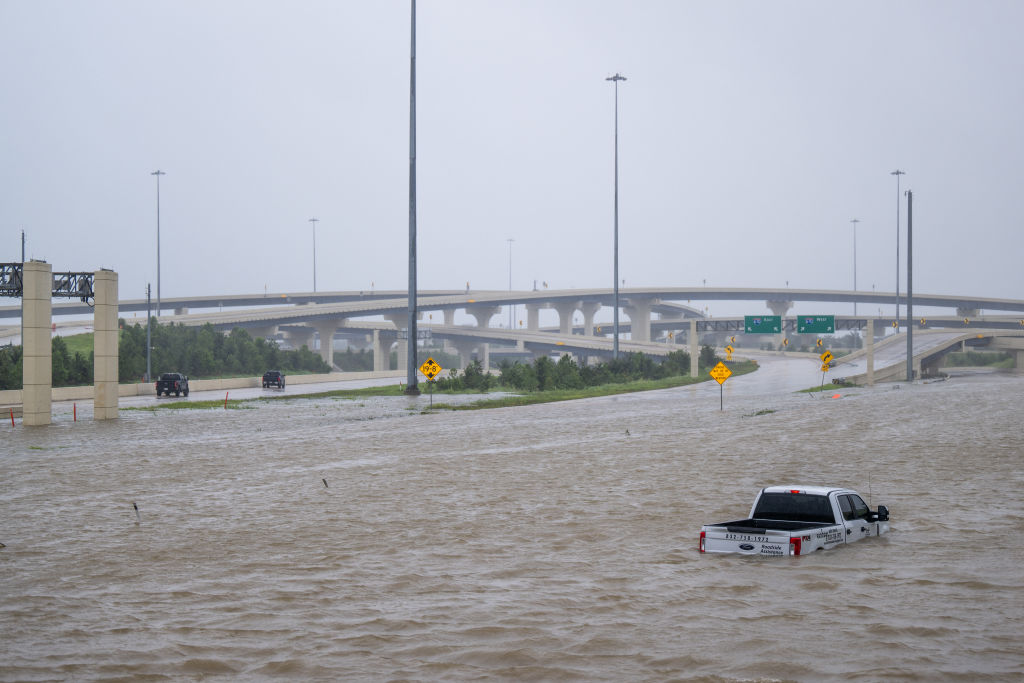It’s become a familiar cycle: A powerful storm sweeps through Texas, crippling the electric system. Trees bend and topple, crashing down onto power poles. Ice accumulates, pulling branches onto electric lines, or winds cause wires to spark, igniting destructive fires.
Thousands of Texans are left in the dark for days, enduring either blistering heat or frigid cold, waiting for utility crews to survey and fix the damage so electricity can be restored.
Governor Greg Abbott and Lieutenant Governor Dan Patrick recently addressed the future of the Texas Energy Fund, highlighting the urgent need for policy reviews and expansion.
“In recent testimony before the Senate Business and Commerce committee, ERCOT CEO Pablo Vegas testified that Texas may need 150,000 megawatts of power to power our grid by 2030. That is only six years away.
Currently, Texas typically has approximately 85,000 megawatts of power available counting wind, solar, coal, nuclear, and natural gas. If the new estimate is correct, the updated numbers provided by Mr. Vegas call for an immediate review of all policies concerning the grid,” they stated.
Last November, voters overwhelmingly approved Senate Joint Resolution 93, which created the Texas Energy Fund, providing for a $5 billion low-interest loan program to incentivize the building of more dispatchable natural gas plants. Texas has already received notice of intent to apply for $39 billion in loans, making the program nearly eight times oversubscribed.
With the new projections for 2030, Abbott and Patrick will seek to expand the program to $10 billion to build more new plants as soon as possible. The average plant will take three to four years to complete, and new transmission lines will take three to six years to complete.
Texas is currently the fastest state to approve and build new plants and transmission lines because of low regulations and pro-business policies, but swift action is essential.

From 2000 to 2023, Texas experienced 210 weather-related power outages — more than any other state — according to an analysis by Climate Central using power outage data from the U.S. Department of Energy. As emissions of heat-trapping greenhouse gases increase temperatures, severe weather disasters will worsen. Fire seasons are growing longer and more intense. Warmer oceans fuel stronger storms. Days before Hurricane Beryl made landfall on the Texas coast on July 8, it set records for its strength so early in the hurricane season.
Beryl hit Houston as a Category 1 hurricane, knocking out power to over 2.6 million customers, revealing the grid’s vulnerability to high winds. Hundreds of thousands were still without power more than a week after the storm, as linemen worked to replace poles and broken equipment. This was yet another instance of massive outages in Texas.
In mid-May, a powerful windstorm known as a derecho hit the Houston region with 100-mile-per-hour winds, knocking out power for nearly 1 million customers. City officials, residents, and utility companies were still recovering from that storm when Hurricane Beryl struck in July.

More than 500,000 customers lost power in the Dallas-Fort Worth area after severe storms in May. In Austin, over 170,000 were without power after a damaging ice storm swept through Central Texas in 2023.
The Texas Interconnection supplies electricity to Texas consumers with a generation capacity of more than 145,000 megawatts and more than 52,700 miles of high voltage transmission lines and substations. ERCOT, through the Texas Interconnection, manages electricity across 214 of the state’s 254 counties. Select areas including El Paso, parts of the Texas Panhandle, and the counties bordering Arkansas, Louisiana, and Oklahoma in East Texas are served by neighboring grids instead.
Earlier this year, power lines caused the largest wildfire in Texas’ history. This raised questions about whether utilities should wrap poles with fire retardant material or cover wires to prevent sparking. Utilities in Southeast Texas face pressure to protect power infrastructure from lightning and high winds. This could involve using stronger materials for poles, placing poles closer together, more aggressively trimming or removing trees around power lines, or burying lines underground.
However, electric grid improvements have limitations. Burying power lines is costly and might not be suitable for flood-prone areas like Houston. Above-ground lines are more cost-effective for repairs. Utilities might also need more leeway for tree-trimming beyond the current right-of-way. Houston’s trees have faced significant stress due to severe weather events over the past 15 years, weakening many trees and making them more vulnerable to storms and high winds.
Houston has approximately 36 million trees, according to a Texas A&M Forest Service and U.S. Forest Service census. Beryl potentially was “the proverbial straw that broke the camel’s back” for many trees, as CenterPoint reported removing over 18,600 trees impacting lines. Beryl mainly damaged CenterPoint’s distribution infrastructure, which includes poles and wires bringing power to homes. The larger transmission wires and towers mostly survived. Entergy Texas, however, reported damage to substations and transmission lines.
In its proposed resiliency plan, CenterPoint suggested investing over $2 billion to strengthen poles and wires, using federal and state funding to cover some costs. The proposal included spending $376 million to replace wooden transmission structures with steel or concrete, and $99 million to replace or brace 5,000 wooden distribution poles per year from 2025 to 2027.
By comparison, Oncor proposed investing nearly $3 billion to harden poles, replace old cables, and install underground wires. This includes $285 million for tree trimming and satellite imaging to detect which limbs need to be cleared, and $900 million for wildfire protections including monitoring and detection systems.
Utilities also need to consider how to provide power generation to critical facilities during regional outages. This could involve installing small batteries and rooftop solar panels or having small generators ready to deploy.
Texas faces a crucial juncture in its energy future, requiring both immediate and long-term solutions to ensure reliable power amidst increasing severe weather events.






